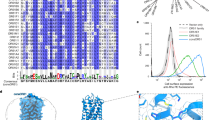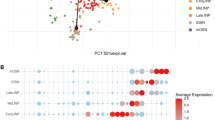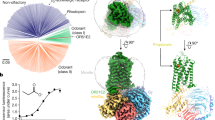Abstract
Human olfactory receptor, hOR17-210, is identified as a pseudogene in the human genome. Experimental data has shown however, that the gene product of cloned hOR17-210 cDNA was able to bind an odorant-binding protein and is narrowly tuned for excitation by cyclic ketones. Supported by experimental results, we used the bioinformatics methods of sequence analysis, computational protein modeling and docking, to show that functionality in this receptor is retained due to sequence-structure features not previously observed in mammalian ORs. This receptor does not possess the first two transmembrane helical domains (of seven typically seen in GPCRs). It however, possesses an additional TM that has not been observed in other human olfactory receptors. By incorporating these novel structural features, we created two putative models for this receptor. We also docked odor ligands that were experimentally shown to bind hOR17-210 model. We show how and why structural modifications of OR17-210 do not hinder this receptor's functionality. Our studies reveal that novel gene rearrangement that result in sequence and structural diversity in has a bearing on OR and GPCR function and evolution.
Similar content being viewed by others
Article PDF
Author information
Authors and Affiliations
Corresponding author
Rights and permissions
About this article
Cite this article
Lai, P., Bahl, G., Gremigni, M. et al. An Olfactory Receptor Pseudogene whose Function emerged in Humans. Nat Prec (2007). https://doi.org/10.1038/npre.2007.1290.1
Received:
Accepted:
Published:
DOI: https://doi.org/10.1038/npre.2007.1290.1



